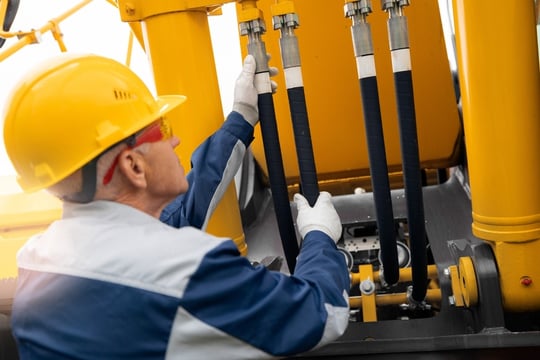Application
Brazing
Brazing without flux
ISA-BRAZE® high-temperature solder offers an interesting alternative in the field of joining and connection technology. The special production and processing method of ISA-BRAZE® results in a significantly lower tendency to splatter compared to other material combinations.
Suitable for gap, joint and build-up soldering, it can also be used as a functional material for coatings.

Components for solenoid valves made of hard metals are joined with brazing alloys from Isabellenhütte.
High-strength brazing alloys for demanding metal joints and coatings
ISA-BRAZE® can be used to join and coat all types of steel, nickel alloys, chromium, molybdenum, tungsten and their alloys as well as hard metals. The high tensile and shear strengths, including high-temperature strength >300 °C, should be emphasized in this context. It is available in the versions ISA-BRAZE®970,
ISA-BRAZE®970Si and ISA-BRAZE®980.

Brazing rings made from Isabellenhütte alloys are used to connect thin-walled metal hose elements in exhaust systems.
Proven alloy as the basis
ISA-BRAZE®970 is based on the resistance alloy CuMn12Ni (MANGANIN®), which has proven itself for more than 20 years. It can optionally be alloyed with silicon, which improves the flowability and thus the mold and gap filling capacity.
ISA-BRAZE®980 is a copper-manganese-cobalt alloy.
Automation
We offer many different formats and, in particular, flat materials and rings to automate your process.
Better work
results
Less spatter in the soldering process thanks to the use of new metals in the melting process.
Reliability and durability
ISA-BRAZE® is used in various aviation applications. The consistent performance of the material is therefore generally appreciated in safety-critical applications.
Our specialists are at your disposal for consultation and advice. Together we will find a customised solution for your application.
High degree of purity thanks to
vacuum process
ISA-BRAZE® alloys are melted in a vacuum furnace and therefore have a very high degree of purity.
For example, gas and non-metallic inclusions are minimal. The high degree of purity is reflected in advantageous chemical and electrophysical properties, which can also be used functionally depending on customer requirements, e.g. in terms of thermal conductivity, electrical conductivity, specific electrical resistance, thermoelectric voltage and temperature coefficient.
They are also highly resistant to oxidation and corrosion and form very homogeneous and clean solder joints and coatings.
Our solutions in action:
